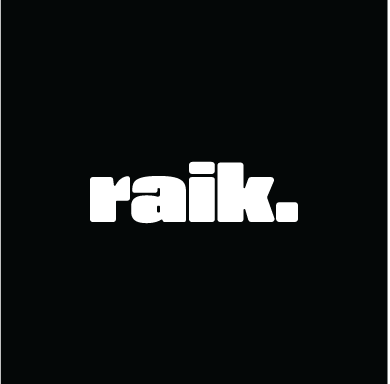Henki Public Installation 2024
How does water hold memory? What happens when we disturb its surface?
NY Tesseract is an interactive, immersive experience that explores New York’s collective memory—a tribute to the people and places that have shaped the city’s past and present. Inspired by the idea that water retains information, energy, and history, the installation invites participants to engage with shifting sound and imagery, creating ripples that reveal hidden layers of time and memory.
Experience & Interaction
The piece responds to touch, movement, and mobile input, allowing audiences to actively shape the environment. As visitors interact, the projection surface reacts—distorting, layering, and revealing fragments of urban memory through fluid motion, immersive sound, and dynamic visuals.
Technologies & Approach
Interactive video & generative visuals – Touch-sensitive and mobile-controlled interfaces shape the projected environment.
Immersive sound design – Sonic layers shift based on user interaction, reinforcing the concept of memory and distortion.
Site-responsive installation – Designed to adapt to various spaces, reflecting the dynamic, ever-changing nature of New York.
NY Tesseract isn’t just a visual experience—it’s a living archive where personal and collective histories merge through motion, sound, and audience interaction.
Beneath the Surface
An Interactive Installation for MIT Media Lab
How do we perceive the invisible systems that sustain life?
Beneath the Surface is an interactive video wall that visualizes the hidden biological rhythms of the human body. Using real-time motion capture and digitized medical imaging, the installation translates movement into a shifting, organic display of anatomical abstractions—revealing the unseen processes happening beneath the skin.
As participants walk alongside the wall, the visual field responds dynamically, mirroring gestures, proximity, and movement with generative representations of veins, nerves, cellular structures, and physiological flows. The work explores the relationship between perception and embodiment, showing a body in constant adaptation, motion, and transformation.
This project merges art, science, and technology to rethink how we visualize and engage with the hidden world inside us.
Technologies & Interaction
Real-time motion tracking & proximity sensing – The wall reacts as participants move, altering its visual state based on location and speed.
Generative visuals informed by real medical scans – Inspired by X-rays, MRIs, and cellular mapping, each interaction reshapes the display.
Machine learning integration – Potential to train the system to recognize and adapt based on movement patterns over time.
Multi-sensory layering – Paired with immersive sound design that evolves in response to user engagement.
Research & Application
Beneath the Surface aligns with MIT Media Lab’s research in human-computer interaction, biofeedback, and generative systems.
A research-driven installation that bridges design, science, and technology.
A speculative interface for visualizing biometric and motion data in real-time.
A prototype for future interactive medical and wellness applications, where body-driven interfaces become tools for engagement and education.
Project with NY-Based Artist Beth Patrick
How does a painting become a space? How does a static image transform into an immersive, multi-sensory experience?
Shelter is an installation concept developed in collaboration with Brooklyn-based artist Beth Patrick, expanding her series of paintings into a fully immersive environment. Using AI-generated spatial design, architecture, sound, scent, and tactile elements, we translated her 2D work into an interactive, 4D experience—allowing viewers to step inside the emotional and conceptual world of her art.
By expanding painting into space, Shelter transforms traditional art-viewing into an experiential, participatory encounter—where visitors move beyond observation into full immersion.
Process & Experience
We designed a series of interconnected rooms, each informed by the themes and textures of Patrick’s paintings. By layering digital and physical elements, the installation reimagines the idea of ‘shelter’—from refuge to restriction, intimacy to isolation—offering a sensory experience where visitors navigate shifting perspectives.
Technologies & Approach
AI-assisted spatial design – Generating architectural structures inspired by the artist’s original brushwork and compositions.
Multi-sensory integration – Using sound, scent, and material textures to evoke the emotional weight of each space.
Dynamic light and projection – Enhancing atmosphere and movement within the installation.
